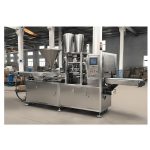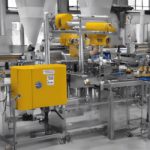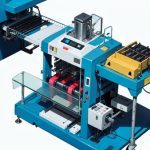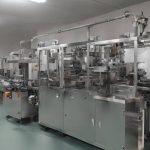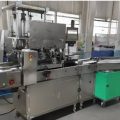
The Basics of Aluminum Foil Manufacturing
Aluminum foil is a versatile material used in various industries, from food packaging to electronics. The manufacturing process of aluminum foil involves several steps, each crucial in producing a high-quality product. Understanding these steps can provide insight into the complexity and precision required in the production of aluminum foil.
Raw Material Preparation
Aluminum Ingot Production
The process begins with the production of aluminum ingots. Bauxite ore is refined to produce alumina, which is then smelted to create aluminum. The aluminum is cast into large ingots, which serve as the raw material for foil production.
Rolling the Aluminum
Once the ingots are ready, they are heated and rolled into thin sheets. This rolling process is done in several stages, gradually reducing the thickness of the aluminum. The sheets are passed through a series of rollers until they reach the desired thickness for foil.
Intermediate Processing Steps
Annealing
After rolling, the aluminum sheets undergo annealing, a heat treatment process that softens the metal. This step is essential to ensure the foil can be easily formed and shaped without cracking or breaking.
Trimming and Slitting
The annealed aluminum sheets are then trimmed and slit into narrower rolls. This step ensures that the foil has uniform edges and can be easily handled in subsequent processes.
Final Foil Production
Cold Rolling
The trimmed aluminum sheets undergo cold rolling to achieve the final thickness. Cold rolling involves passing the sheets through rollers at room temperature, further reducing their thickness and increasing their strength.
Surface Treatment
To enhance the properties of the aluminum foil, various surface treatments are applied. These treatments can include coating, laminating, or embossing, depending on the intended use of the foil.
Packaging and Quality Control
Inspection and Testing
Before the aluminum foil is packaged, it undergoes rigorous inspection and testing. This ensures that the foil meets the required specifications and is free from defects. Quality control is a critical step in the manufacturing process, as it guarantees the performance and reliability of the final product.
Packaging
Once the foil passes inspection, it is wound onto rolls and packaged for shipment. The packaging process often involves the use of an air cushion packaging machine to protect the foil during transportation. This machine creates air-filled cushions that provide a protective barrier, preventing damage to the foil.
Conclusion
The manufacturing of aluminum foil is a complex process that requires precision and attention to detail. From the production of aluminum ingots to the final packaging, each step is crucial in producing high-quality foil. Understanding this process highlights the importance of advanced machinery, such as the air cushion packaging machine, in ensuring the safe delivery of the final product. The next time you use aluminum foil, you’ll have a greater appreciation for the intricate process that goes into its creation.
